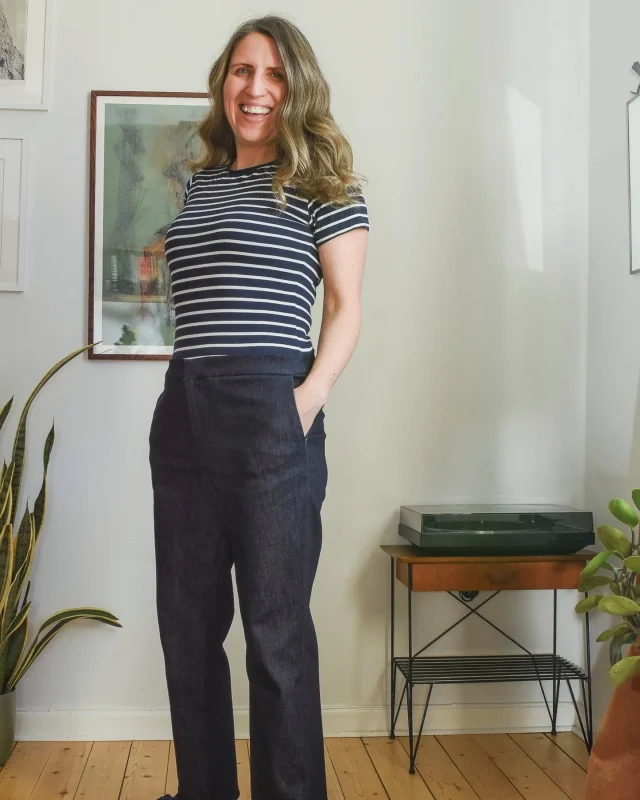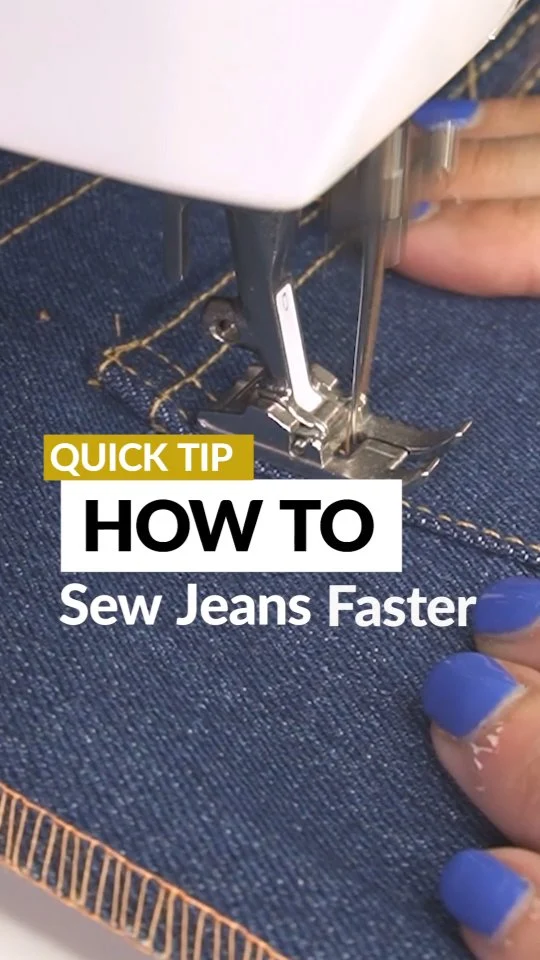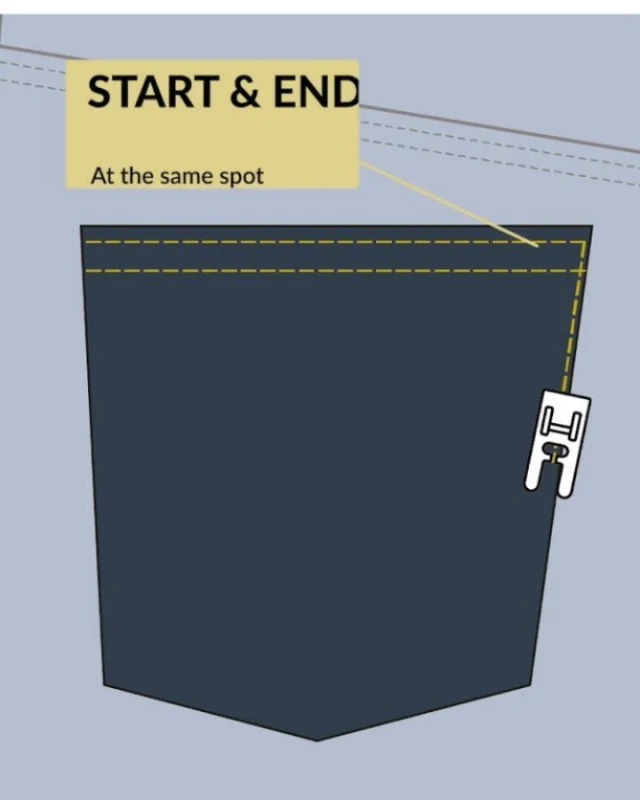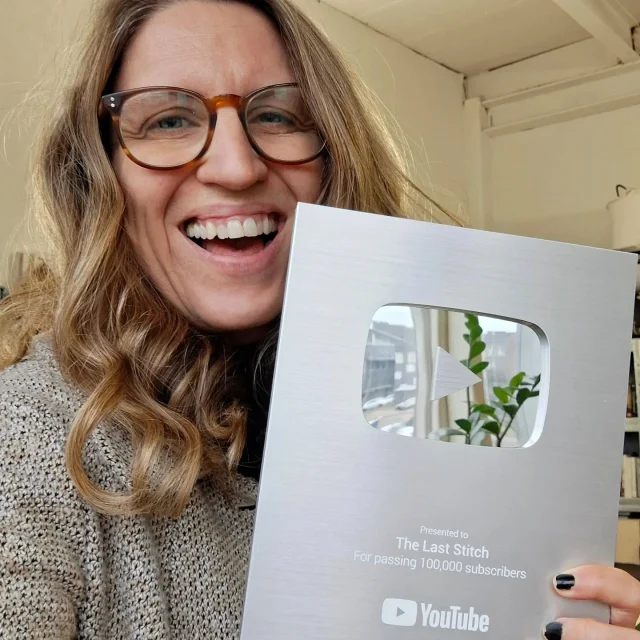Let’s start this tailoring Q&A!
Gail asked:
What is the tape used around the outer edge o
I got some reader questions about my tailoring workshop experience that I’ll try to answer.f the jacket?
That’s white cotton tape that is mitered at the top corner and attached by hand, both along the edges and in the middle. The tailor said it was a very time consuming method so these days fusible tape is obviously the most used option.
When hand basting the interfacing, are you just picking up a thread on the inside like hand hemming?
Yes, it’s the same principle. But the stitches shouldn’t be completely invisible on the other side, in fact those tiny thread dots are a apparently a “tell” that this suit collar was underlined by hand. She used a very thin silk thread and a tiny needle for the attachment. The technique is called “pikera” in Swedish from the French word piqué, referring to tho those tiny dots. Does anyone know the English term?
The benefit of doing this instead of using iron-on interfacing is that a natural curve is formed when you push the hair canvas between the rows of stitches, this means that the collar gets a nice rolled shape automatically. Whereas fusibles creates a flat collar that has to be shaped more afterwards.
Here is a link to a site that shows the different materials involved.
Jenny asked:
I’m curious how long it takes the tailor to make a buttonhole.
I forgot to ask her that! I am really curious about that too. The main reason why it took me so long was that I stitched way too many stitches. You also have two rows of thick buttonhole thread underneath as a reinforcement so it’s not necessary to make really tight stitches. She also showed me several buttonhole techniques that I hadn’t seen in the sewing books I own. I just wished I was more adept, then I could have done a tutorial on how to do hand sewed buttonholes for tailored suits. She did gave me some homework when I left (i.e. pre-cut buttonholes), but I have been, hmm, busy.
My homework. As you can see the buttonhole is secured with machine stitches to keep the shape in check. The hole to the left is done with a puncher and the slit is done with a buttonhole cutter knife.



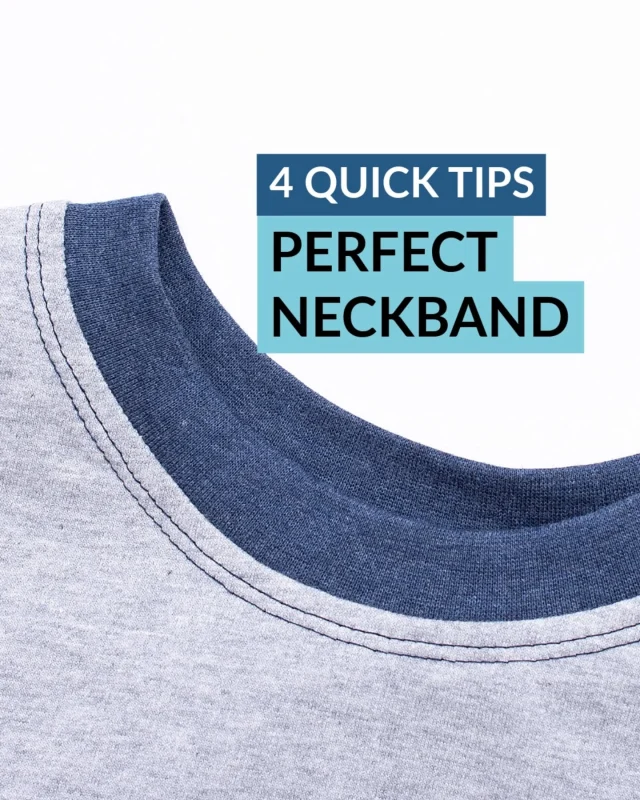
 I used an old shirt for
I used an old shirt for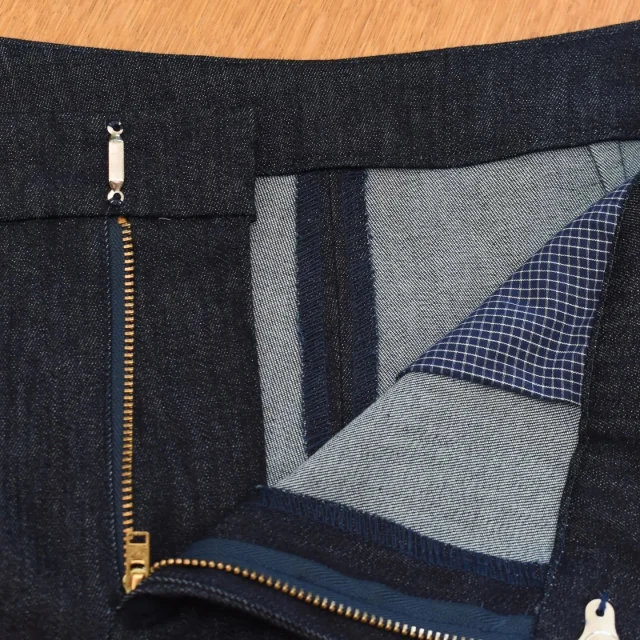
 Pattern is from @burda_sty
Pattern is from @burda_sty